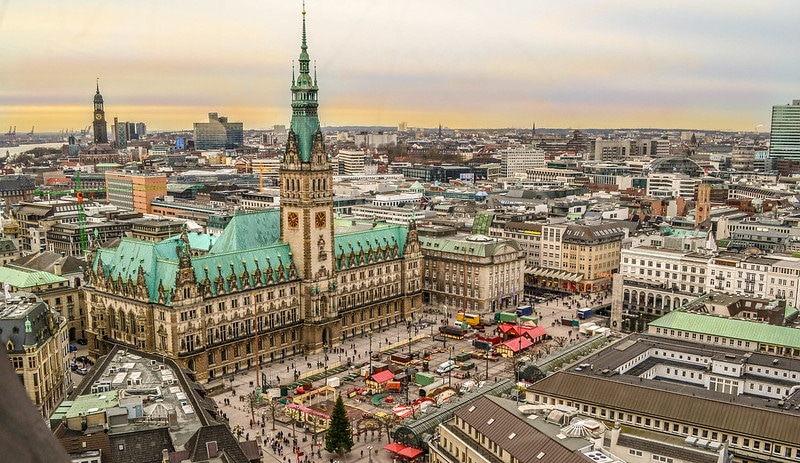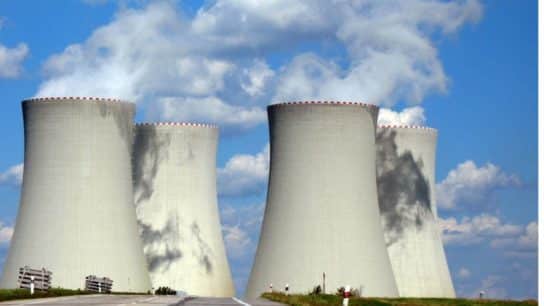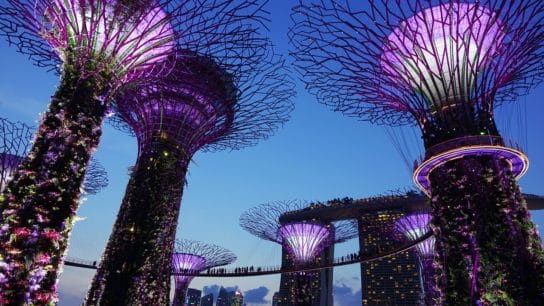Vattenfall, Shell, Mitsubishi and Hamburg’s municipal heat supplier Hamburg Wärme are planning to build one of the largest electrolysers in Europe on the site of the former Moorburg coal-fired power plant with a capacity of 100 MW, signalling a shift towards green hydrogen production in Europe.
—
What is Happening?
- Hamburg wants to position itself as a leading player in the European green hydrogen economy. The region already has a high share of renewable energies and is working to further expand the green hydrogen economy along its entire value chain.
- In the coming years, Germany plans to invest nine billion euros in the development of green hydrogen. Forecasts predict that the hydrogen economy in Europe will generate 5.4 million jobs and 800 billion euros in annual sales by 2050.
- The above companies are planning how they can jointly produce hydrogen from wind and solar power at the Hamburg-Moorburg power plant site and have signed a letter of intent to formalise their intent. Once the site has been cleared, the production of green hydrogen is anticipated for 2025 and will make the electrolyser one of the largest plants in Europe.
- In addition to the construction of the electrolyser, the region is planning a so-called ‘Green Energy Hub’, which includes exploring how the existing infrastructure of the Moorburg location can be used for the production of energy from renewable sources.
- For many years, Moorburg was the site of a gas-fired power plant operated by Hamburgische Electricitäts-Werke, and Vattenfall had been operating a coal-fired power plant here since 2015. Its commercial operation was terminated after the power plant won a bid in the auction for the nationwide coal phase-out in December 2020.
You might also like: Global Methane Emissions Dropped 10% in 2020- Report
Michael Westhagemann, Minister for Economy and Innovation of the Free and Hanseatic City of Hamburg, says, “There is no better location in Hamburg for a scalable electrolyser of this size. Via the 380 kV connection and the connection to Brunsbüttel, we have direct access to the supply of green electricity from wind power – and thus the possibility of actually producing green hydrogen in relevant quantities. With this announcement, a big step will be taken towards a long-term decarbonisation of the port and a competitive hydrogen economy in the metropolitan region of Hamburg and I congratulate the partners on this forward-looking project.”
Featured image by: Flickr

















